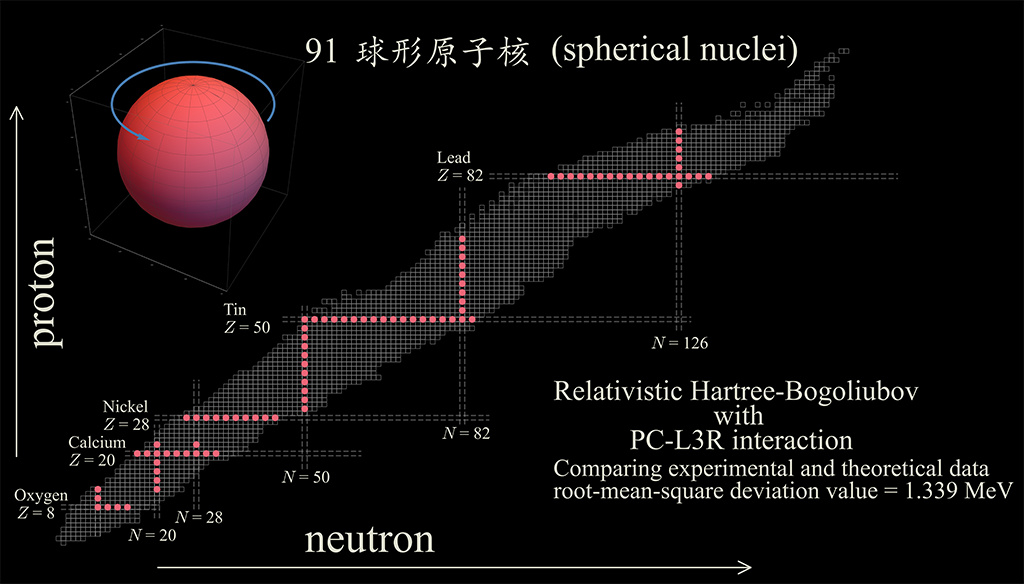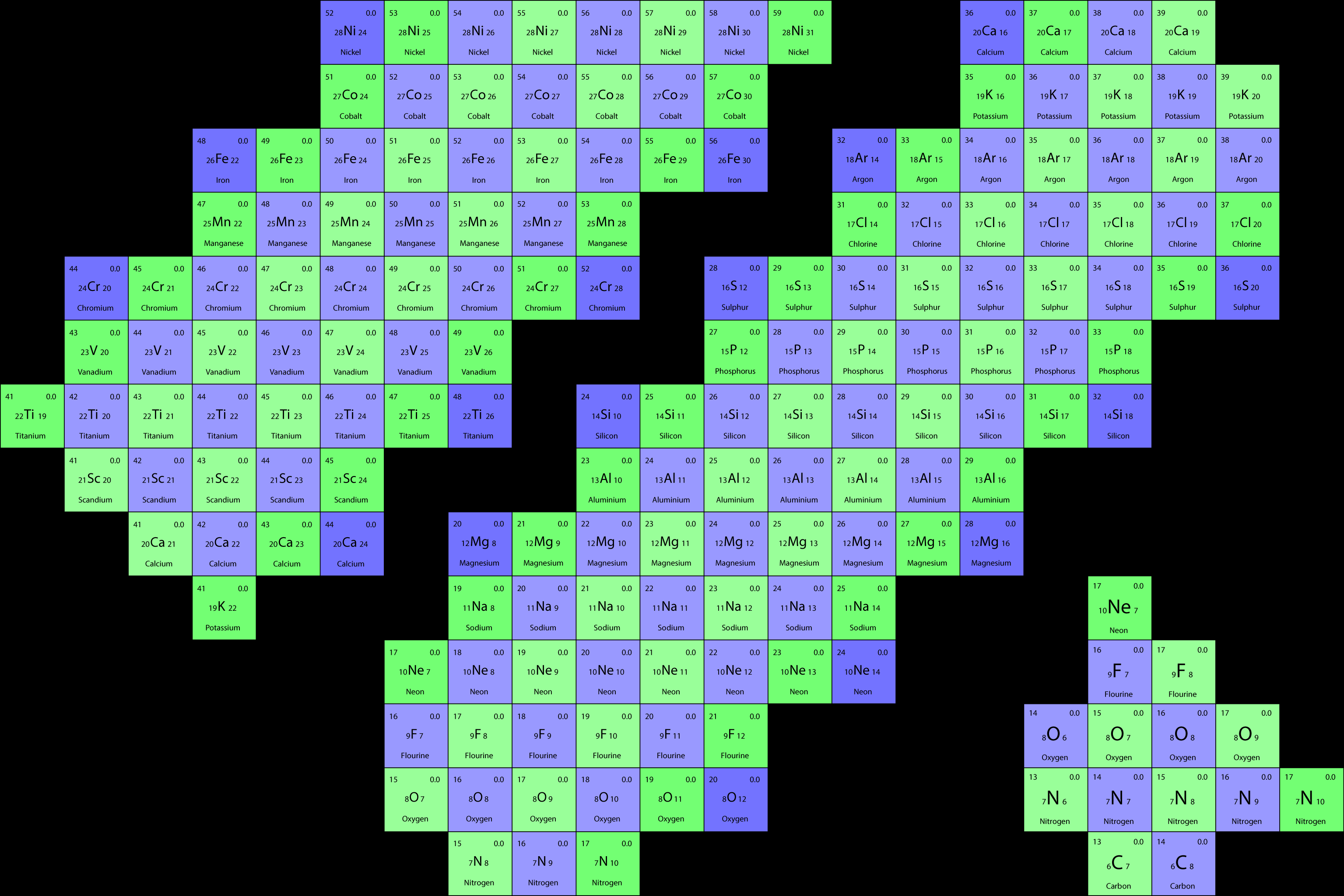Nuclear Astrophysics
An interdisciplinary field
involving close collaborations among researchers in nuclear physics and astrophysics. The research field includes the determinations of various types of nuclear reaction and weak interaction rates for the extreme cosmic environments, the constructions of astrophysical models for describing the observed astrophysical phenomena and objects of where these nuclear reactions and weak interactions may occur, and also the study of chemical evolution of isotopes and elements.
Twinkle, twinkle, little star,
How I wonder what you are,
Up above the world so high,
Like a diamond in the sky.
Jane Taylor, "Rhymes for the Nursery" (1806)
Recent advancements in radioactive ion beams and detectors permit new experiments to reveal a vast information of structural phenomena in exotic nuclei, such as the halo phenomena, island of inversion, neutron skin, masses and half lives of the neutron-rich nuclei important for understanding the synthesis of heavy elements in extreme astrophysical environments, masses of proton-rich nuclei for Type-I X-ray bursts, and the disappearance of magic numbers that were found in the last century and explained by Maria Goeppert Mayer (Nobel Laureate), whereas new magic numbers appear at neutron-rich region.

Therefore, having a set of reliable theoretical nuclear models capable of providing a satisfactory description of the ground-state properties and collective excitations of atomic nuclei, ranging from the relatively light to superheavy nuclei, from the spherical to deformed nuclei, and from the valley of β-stability to the particle-drip lines, is crucial for us to understand the interactions and configurations of nucleons in atomic nuclei.
Image credit: Ning LU and Yi Hua LAM


